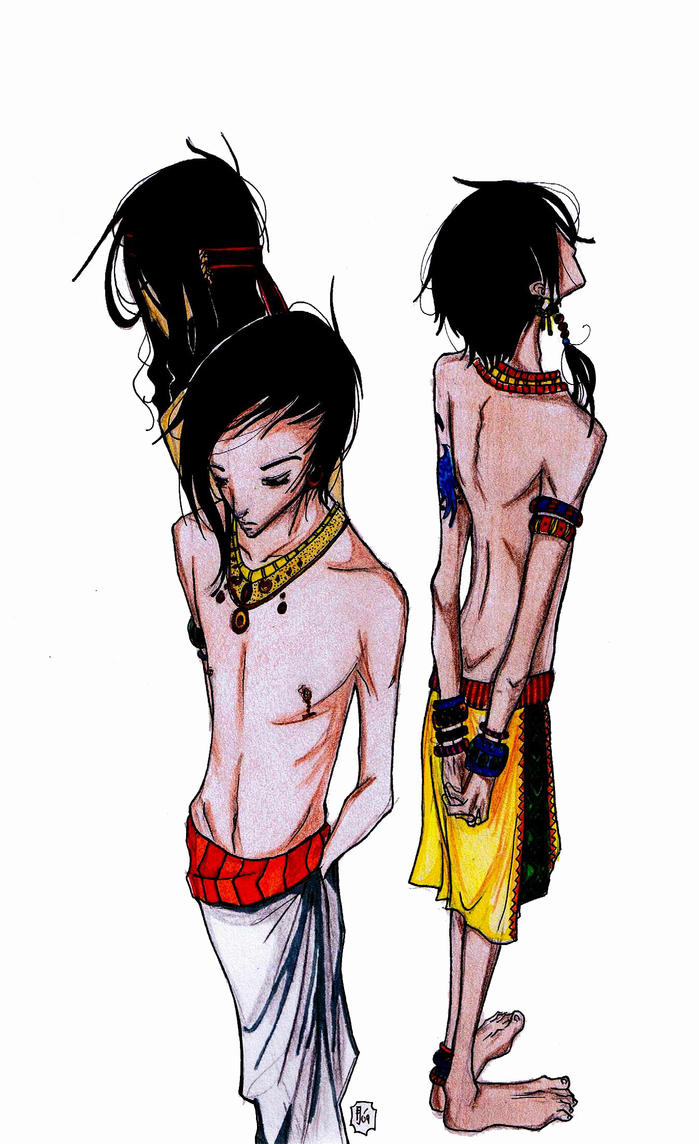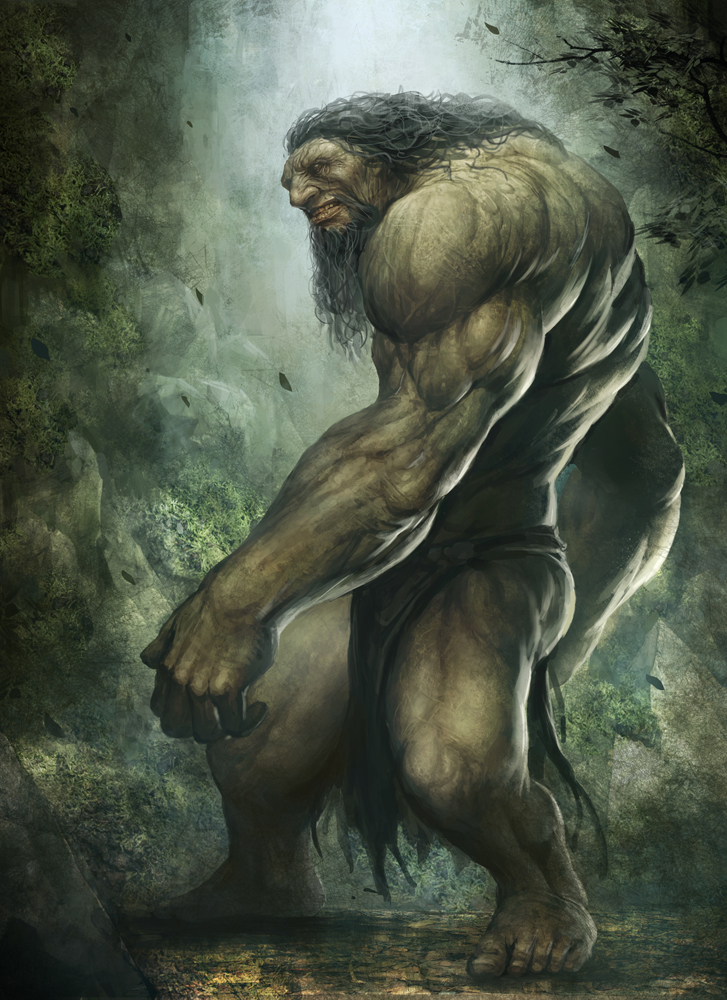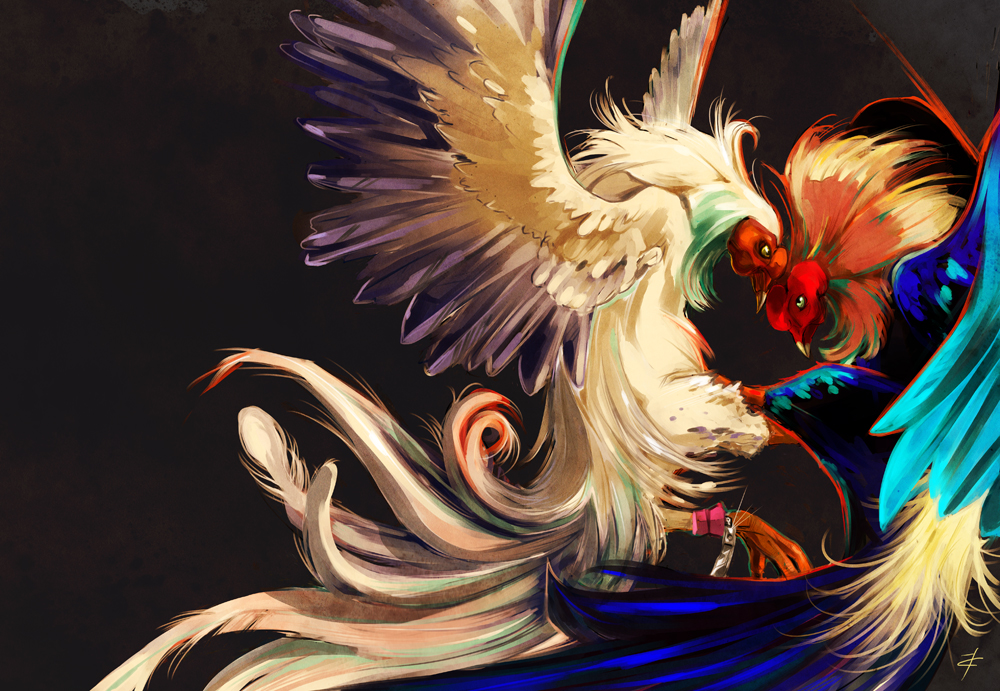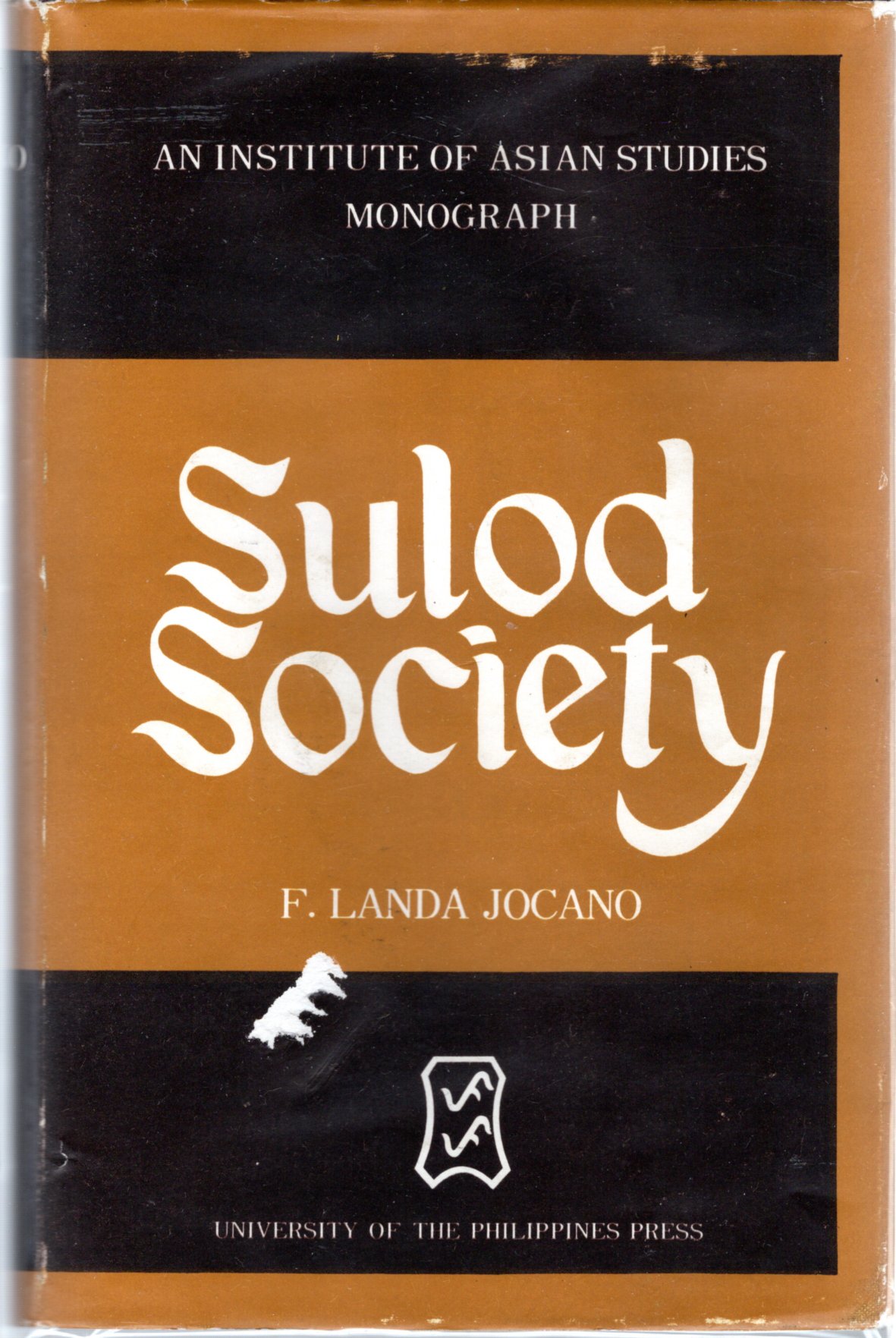The Suludnon, also known as the Tumandok, Panay-Bukidnon, or Panayanon Sulud, are an indigenous Visayan group of people who reside in the Capiz-Lambunao mountainous area of Panay in the Visayan islands of the Philippines. They are the only culturally indigenous group of Visayan language-speakers in the Western Visayas.
Although they were once culturally related to the speakers of the Kinaray-a, Aklanon, and Hiligaynon languages, all of whom inhabit the lowlands of Panay, their isolation from Spanish rule resulted in the continuation of a pre-Hispanic culture and beliefs. They speak the Igbok language (also known as Ligbok or Sulod language), a member of the West Visayan subdivision of the Visayan languages under the Austronesian language family.
Death Beliefs & Practices
There are three brothers in Sulod mythology who “determine death and manner of dying.” They are: Mangganghaw, Manlaegas, and Patag’aes.
These three brothers keep watch over man’s affairs immediately after marriage and keep track of pregnancy. When a child is born they are the first to come into the house. These three brothers live in the bungalug (natural underground passage or tunnel).

Mangganghaw is usually the first of the three brothers to come to the house of any laboring mother. He does not enter the house, however; he merely peeps in (ganghaw). As soon as he is sure that a child is born, he hurries back to the bungalug and reports to Manlaegas, who enters the house and looks for the child. His main job is to verify whether the child is born alive or not. This done, he returns to the bungalug and reports to his brother Patag’aes.
Patag’aes waits for midnight before he goes into the house. Once inside he steals to the child, and after ascertaining that no one is awake, he converses with the infant. No one is supposed to hear this conversation between Patag’aes and the child for should Patag’aes discover that someone is eavesdropping, he chokes the child to death. The conversation between the two centers on how long the child wants to live and by what mode it wants to die. The choice is the child’s.
As soon as the child had made its choice, Patag’aes takes out his measuring stick and, by some unknown method, computes the infant’s life span. This done, he departs.
Sociologically, the above myth provides the Sulod with a theoretical frame of reference which enables him to grasp the often subtle relationship between his basic beliefs and the modes of his everyday expression. It gives meaning to events which take place around him and serves as an instrument by which conviction is renewed and strengthened. It expresses for him the nature of life and death and the universe in which he lives. Thus, the phenomenon of death ceases to be a mystery to the average Sulod because he knows what looms ahead after death, where the ‘umalagad (soul) goes immediately after it leaves the body, and what happens to it. This awareness is best documented by the following conceptualization of death, the land of the dead, and the route which the soul takes to reach it.
Dying is like passing through a narrow door. One pulls hard to get in; the experience is horrible. The departed cannot return once he steps over the threshold, leaving no footprints or any trace of himself; he simply vanishes. This is what makes thinking of death dreadful to all people.
Some distance away from the door, which is also the deathbed, is an anthill. One goes around this anthill and finds oneself near the bank of the stream called Muruburu. Along the bank of this river live the mahikawon (evil spirits) which eat the new arrival, unless they are propitiated by the living before the time it starts its journey to the land of the dead.
In Muruburu, the soul divests itself of its funeral vestments and takes a bath in order to wash off whatever “mountain” smell or aspect remains, and to remove the odor of the kamangyan (native incense), ginger and other leaves used for the washing ceremony prior to the dressing of the dead in its funeral attire. This is one reason why the best clothes and things need to be buried with the dead. The soul of the dead man ought to prepare itself for welcome upon arrival in the region of the dead.
Muruburu is the place where the soul cleanses itself. It is also the place where it prepares for the eternal life. After having changed its clothes, the ’umalagad continues on its way to Lim’awaen. Lim’awaen is a deep lake where the water is black and sticky and whirls and bubbles towards its panibwangan (navel) in the center.
On the bank of this lake lives Banglae’, a huge man with a hairy body. Banglae’s shoulders measure seven dangaw (length of thumb and index finger). He guards the lake and waits for the souls to come. Then he ferries them to the other side.

Before Banglae’ carries any soul across the lake he interrogates it. Among the questions he asks is how many wives or husbands the soul had when it was still inside mortal flesh. Should the male ’umalagad answer he had but one wife, Banglae’ ridicules him; if it were a female ’umalagad, he castigates her for having more than one husband. However, should the male ’umalagad answer he had more than one wife during his mortal existence, Banglae’ congratulates him and carries him on his shoulders across the lake; but if the ’umalagad had only one wife, or worse, if he had none at all, Banglae’ lets him hold one of his (Banglae’s) pubic hairs and lets him (the ’umalagad) swim in the sticky water while Banglae’ walks over the water. The reverse is true for the female ’umalagad. During the interrogation the ’umalagad cannot tell a lie because Banglae’ summons the tuma (body louse) to testify for its host.
Soon after it has crossed the Lim’awaen, the ’umalagad follows a trail which leads to another stream, the Himbarawaen, over which is a timber bridge guarded by Balugu. The soul passes here only after the guard has cross-examined it. The body louse is again called to testify for its host. As in Lim’awaen the examination deals with how many wives or husbands the ’umalagad had when it was still in the human body. Should the ’umalagad pass the examination, which it generally does, it is welcomed by its dead relatives. It is now in Madyaas but not yet in the final resting place.
Right at the entrance to Madyaas there is a cockpit. The welcoming relatives take the newcomer to the cockpit to bet on one of the spurred roosters. This explains why the Sulod are fond of cockfighting. Then feasting follows. Because of the social gatherings which the soul attends as soon as it reaches the region of the dead, it must be dressed properly. Should it be embarrassed because it is not well-dressed, it usually haunts the living for their negligence.

From the cockpit, the soul is taken to the resthouse called haramyangan where it stays until the rituals intended to strengthen its spiritual body and to redeem it from the guard of the haramyangan have been performed by its living relatives. If no such rituals are performed by the surviving kinsmen, the soul is transferred to another place where Hulubaw, the guardian of the region, changes it into a marispis (a nocturnal cricket) or into any other animal and sends it back to earth.
If the necessary ceremonies have been performed, the soul is brought to a place in the center of Madyaas where it enjoys a normal happy life. Some years later, it joins the pantheon of the environmental spirits and actively participates in the affairs of the living.
It now receives the appropriate ties from its surviving kinsmen.
Three main points which are important in understanding the Sulod concept of death and the various sociocultural activities associated with it emerge from this account. First, it is not death but the pain of dying which is most dreaded by the Sulod; second, it is the breaking of the bond of kinship, the cessation of intimate relationships with someone dear, reinforced by the realization that this loved one will never return, which charges the phenomenon of death with emotions and brings about fear and repulsion; and third, it is the supernatural beings which can harm the ’umalagad (soul) which are the center of attention and horror. These spirits must be propitiated so that they will not harm the ’umalagad, for the hurt ’umalagad usually returns to haunt the living and bring bad luck to the community. It is therefore necessary to prepare the ’umalagad for its journey to the land of the dead and to “bribe” the spirits of the trail so that they might give the travelling soul protection along the way. In this setting it becomes understandable why death is surrounded by many diverse beliefs and practices, ranging from specific prescription concerning the corpse to elaborate rituals for the supernatural beings.
As indicated previously, the manner of dying, though set for an individual at birth, depends on the whims of supernatural beings. As Hugdawan said “no one knows the idiosyncrasy of the spirits.” An infringement of a supernatural prohibition, for example, is sufficient to alter the whole scheme of man’s fate. Or circumstances may turn in favor of the person and change his destiny. The following incident documented by F. Landa Jocano, in “Sulod Society” and narrated by Umbae’Pa’aw, sounds too mythical to be true, may be helpful in demonstrating this point in Sulod thinking.
Karing’s father, Miyuk, woke up one night to urinate. He heard someone talking to his child in a strange voice, so he stopped and listened. It dawned on him right away that it could be Patag’aes (see myth recounted earlier) who was talking to his child. Karing said that she preferred to die by drinking a glass of water immediately after her wedding. Patag’aes noted her choice and left.
Years passed and Karing grew up and married. True enough, after her wedding, she asked for a cup of water. Her father remembered her conversation with Patag’aes. When the fatal drink was given, he stepped forward and pushed the cup aside. The container fell, and no water was spilled. Instead two handfuls of deadly worms or uhud crawled out of the cup. Karing, according to Umbae’Pa’aw, was saved and is still alive because her father happened to listen in on her conversation with Patag’aes.
SOURCE:
F. Landa Jocano, Sulod Society: A Study of the Kinship System and Social Organization of a Mountain People of Central Panay (Quezon City: U.P. Press, 1968)
ALSO READ: BINUKOT: Women Secluded and Veiled in Philippine History
Jordan Clark is a Canadian born descendant of Scottish immigrants living on the homelands of the Lekwungen speaking peoples. His interest in Philippine myth and folklore began in 2004. Finding it difficult to track down resources on the topic, he founded The Aswang Project in 2006. Shortly after, he embarked on a 5 year journey, along with producing partner Cheryl Anne del Rosario, to make the 2011 feature length documentary THE ASWANG PHENOMENON – an exploration of the aswang myth and its effects on Philippine society. In 2015 he directed “The Creatures of Philippine Mythology” web-series, which features 3 folkloric beings from the Philippines – the TIKBALANG, KAPRE and BAKUNAWA. Episodes are available to watch on YouTube. Jordan recently oversaw the editing for the English language release of Ferdinand Blumentritt’s DICCIONARIO MITOLÓGICO DE FILIPINAS (Dictionary of Philippine Mythology) and is working on two more releases with fellow creators scheduled for release later this year. When his nose isn’t in a book, he spends time with his amazing Filipina wife of 20 years and their smart and wonderful teenaged daughter.



